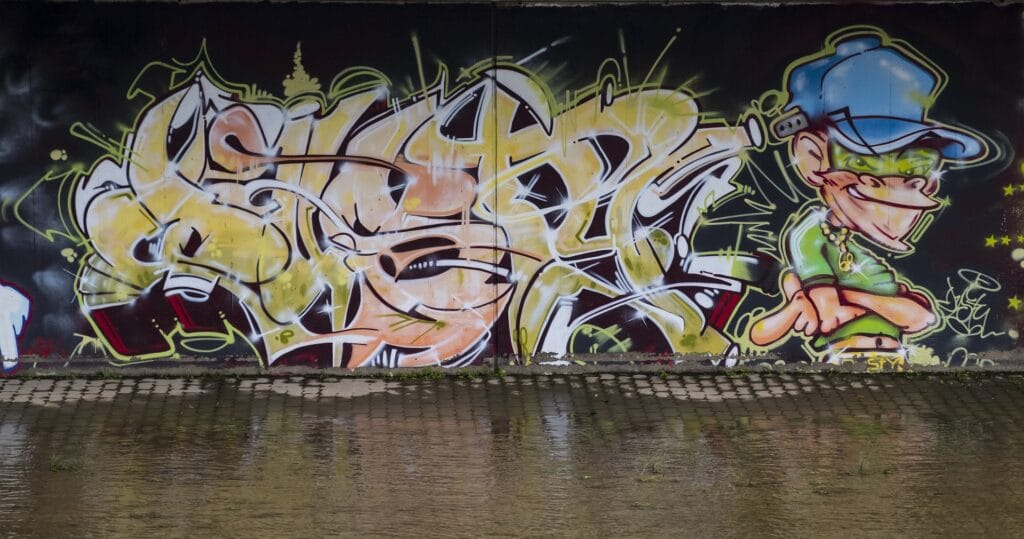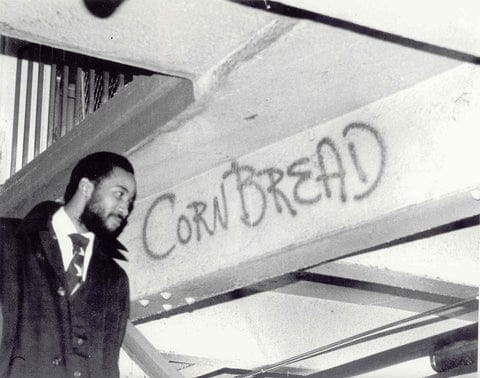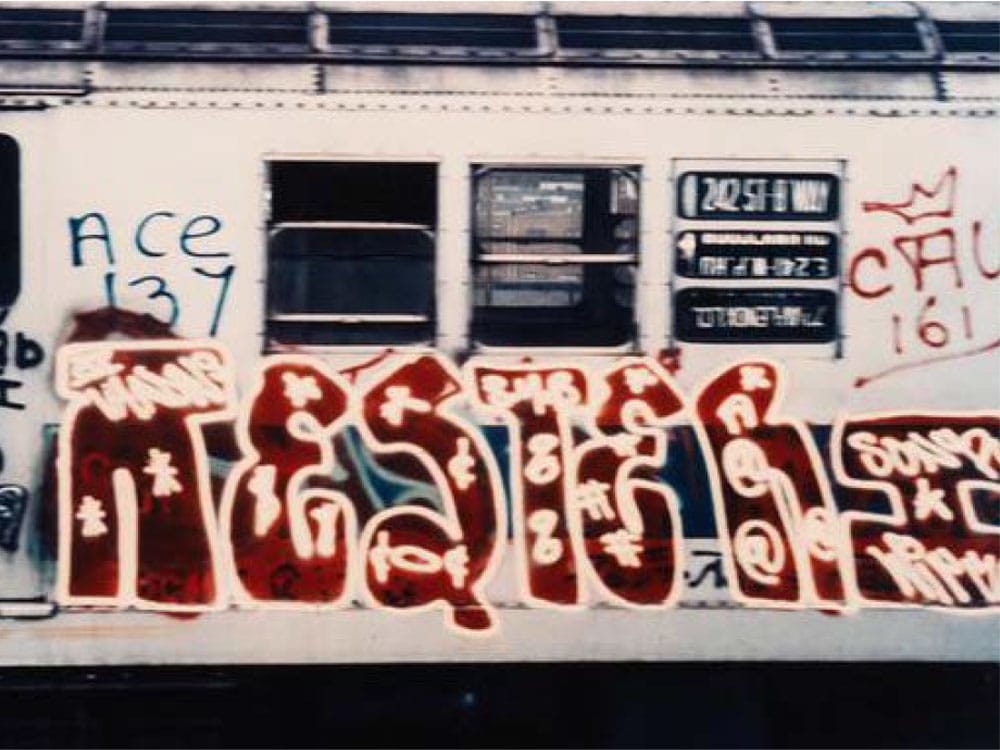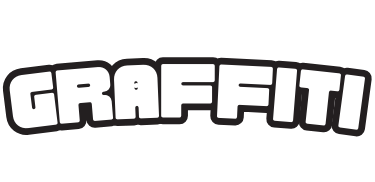Discover the thrilling world of graffiti with our ultimate beginner’s guide. Learn about the history, styles, techniques, and controversies surrounding this vibrant art form. Get started on your graffiti journey today!
Table of Contents
What is Graffiti ?
Graffiti is a form of visual expression created in public spaces, often without permission. Artists use various tools like spray paint, markers, and stickers to create their works on surfaces such as walls, bridges, and trains. Graffiti can range from simple, stylized signatures called tags to elaborate, large-scale masterpieces known as pieces.
Graffiti serves as a powerful medium for artists to express their thoughts, experiences, and identities, transforming everyday urban landscapes into vibrant canvases that ignite conversations and challenge societal norms. To learn more about the definition and meaning of graffiti, check out this informative article by Encyclopaedia Britannica.

The Fascinating History of Graffiti
The roots of graffiti can be traced back to the 1960s and 70s in cities like New York and Philadelphia, where young people used it as a means of self-expression and to claim public spaces. Pioneers like TAKI 183 and Cornbread gained notoriety for their extensive tagging throughout the city, inspiring a new generation of graffiti writers.



Examples of Famous Graffiti Artists
As the art form evolved, graffiti styles became more complex and diverse. Influential artists such as Dondi White, Lady Pink, and Seen revolutionized the scene with their innovative techniques and unique styles. In the 1980s, graffiti began to gain recognition in the mainstream art world, with artists like Jean-Michel Basquiat and Keith Haring achieving international acclaim. For a deeper dive into the history of graffiti, read this comprehensive article.
7 Popular Graffiti Styles and Techniques
Graffiti encompasses a wide range of styles and techniques, each with its own distinct aesthetic and level of complexity. Here are seven of the most popular styles:
- Tagging: The foundation of graffiti, tagging is a simple, stylized signature of the artist’s name.
- Throw-ups: Also known as bubble letters, throw-ups are a more elaborate form of tagging featuring rounded, inflated letters that can be quickly painted.
- Pieces: Short for masterpieces, pieces are large, intricate, and colorful works that showcase the artist’s full range of skills and creativity.
- Wildstyle: An advanced style characterized by interlocking letters, arrows, and abstract shapes, requiring a high level of skill and precision to execute.
- Stencils: Pre-made designs that are rapidly and repeatedly applied using spray paint, allowing for quick and consistent reproduction.
- Wheatpaste: A technique involving the application of posters and artwork onto surfaces using a mixture of wheat flour and water.
- Stickers: Pre-printed designs or hand-drawn artwork on adhesive paper, easily applied to various surfaces for quick and widespread distribution.
For a more in-depth exploration of graffiti styles and techniques, read our article about « 5 Popular Graffiti Styles: From Old School to Wildstyle (With Examples) ».
The Ongoing Debate Surrounding Graffiti
Graffiti has long been a topic of controversy, with opinions divided on whether it should be considered art or vandalism. The debate centers around issues of property rights, public space, and freedom of expression.
Opponents argue that graffiti is a form of vandalism that defaces property, contributes to urban blight, and burdens society with the cost of removal. They maintain that graffiti is a criminal act that should be met with strict enforcement and penalties.
Conversely, proponents view graffiti as a valuable form of artistic expression that injects life and character into urban environments. They contend that graffiti serves as a platform for individuals to voice their thoughts, challenge societal norms, and bring attention to important social and political issues. For a balanced perspective on the graffiti debate, listen to this podcast by The New York Times.

Example of Graffiti Mural Tagging
5 Steps to Start Your Graffiti Journey
If you’re inspired to embark on your own graffiti journey, GraffitiCanvas offers a wealth of resources to help you get started:
- Begin with « The Ultimate Beginner’s Guide to Mastering Graffiti Drawings in 7 Steps » to learn the fundamentals of lettering, composition, and tool usage.
- Dive into specific styles with tutorials like « Mastering the Art of Graffiti Block Letters in 3 Steps » and « Master Graffiti Bubble Letters: 10 Proven Steps to Create Eye-Catching Designs ».
- Get inspired with creative ideas from « 10 Easy Tricks to Make Cool Graffiti Letters ».
- Practice consistently, learn from other artists, and develop your unique style.
For more graffiti tips, tutorials, and inspiration, explore the extensive resources available on our website and join the vibrant community of graffiti enthusiasts.
Embrace the Graffiti Movement
Graffiti is a captivating and multifaceted art form that has evolved from its underground beginnings to global recognition. By understanding its history, techniques, and cultural significance, you’ll develop a greater appreciation for the skill, creativity, and courage of graffiti artists worldwide.
Whether you’re drawn to the raw energy of tags, the intricacy of wildstyle, or the social commentary of stencils, graffiti offers a dynamic and expressive outlet for your creativity. So grab your tools, find a canvas, and make your mark on the world!
